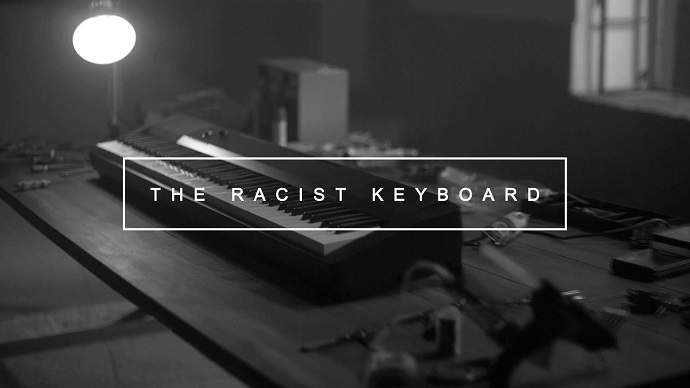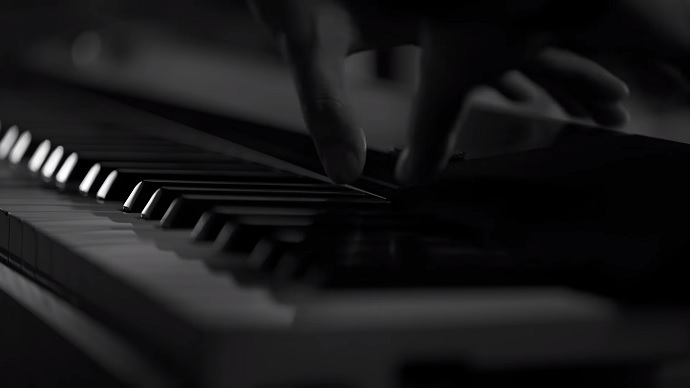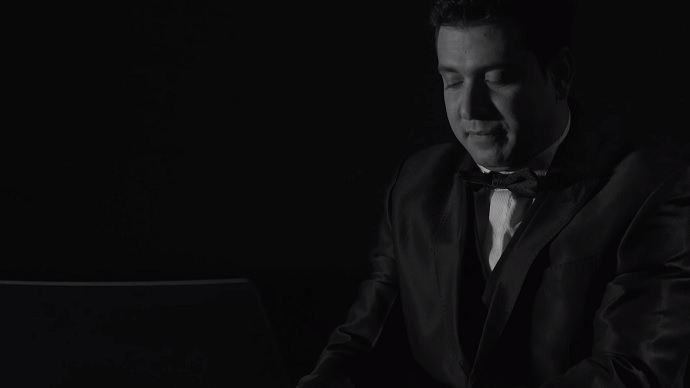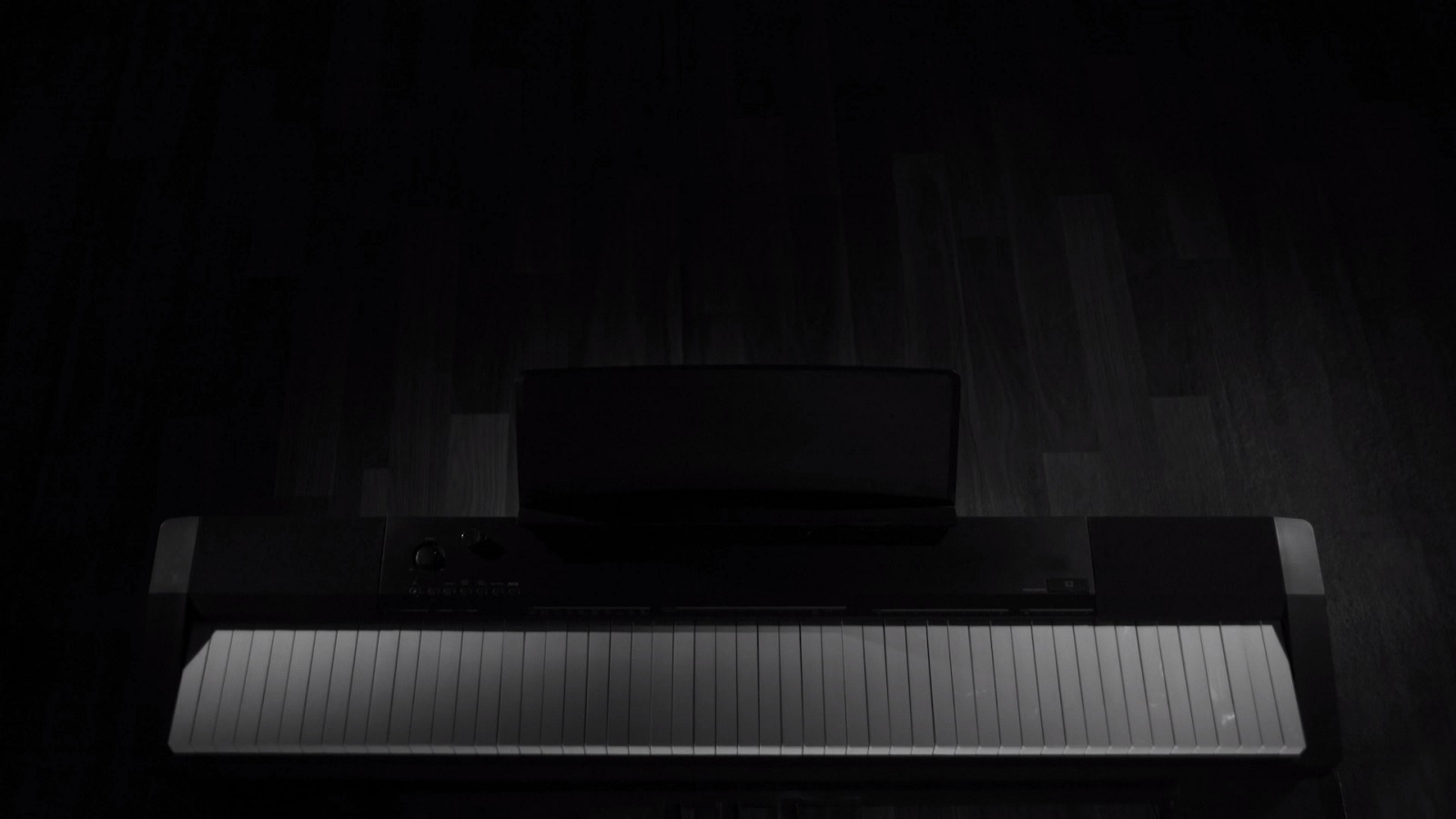The advertising industry has often tried to stop a familiar global virus from spreading. Armed with creativity, some of the industry’s top agencies stood up against racism and used bold ideas in their attempt to crush it for good. Not too long ago, a Brazilian NGO called Desabafo Social initiated the #SearchForEquality project, during which it asked online image banks a simple question: why do users need to add the term ‘black’ within their regular search keywords to receive a picture with people of African-American origin in it?
Another example, that is much closer to today’s campaign titled “The Racist Keyboard,” comes from Germany and features a new brand of “Ali Cola.” The Hamburg-made drink was born as a form of protest against racism and features six types of Cola that have the same taste but differ in color, gradually going from white to black.
Now, imagine that all Colas were white. Not too much of a pleasing picture, isn’t it? So, how far would you go to convey an anti-racism message? Where would you draw the line?

As far as the Ali Cola initiative is concerned, there’s no need for a line. The campaign made its point in a very elegant and creative manner. But let’s focus on The Racist Keyboard, because one can say that the campaign stands on very thin ice.
To stop the social epidemy that prevents us from living in harmony, Bridge Music Academy in partnership with Dentsu Webchutney created a piano keyboard that comes with missing black keys. An interesting idea, with a twisted approach.
The white keyboard symbolizes the Indian school’s tool to defeat racism. Unlike a normal piano, which has a total of 88 keys (52 white and 36 black), this one only bears the white part of keys. The musical instrument was created with no space for the black keys and, as you may expect, the sound it produces doesn’t resemble the well-known melodies that come out of a real piano.

The odd musical keyboard plays only racist songs. It mirrors xenophobia and plays its unacceptable notes. But more importantly, it reveals a simple truth: if we can’t get along with each other, regardless of our color, gender, religion, etc., the bonds between us are still going to lack harmony.
To show that the songs played on the not-so-usual piano aren’t as pleasing as the ones that use all notes, the creative agency invited the world’s fastest pianist, Aman Bathla, and asked him to play Celine Dion’s famous Titanic song, “My Heart Will Go On.”
After listening to the song, our hearts didn’t go on. And yours would probably not go on either, as not even a single note unveils the song’s identity. There’s simply no harmony in it.

“I was amazed at the first sight of the keyboard. I had never seen anything like it before. In my opinion, racism has no place in the world. Discriminating people basis their color, caste, and creed is absolutely inhuman. We should all love each other and live in perfect harmony,” said the musician.
The keyboard is to be used to make people aware of the negative effects racism can have on our society. Its creators say that the piano will be exhibited in schools, museums, and other public spaces. Moreover, the musical instrument addresses singers too, who are invited to use the keyboard during their concerts or tours. All they need to do is to express their request to theracistcover@gmail.com.
“This keyboard stands as a symbol of protest against racism. It shows how the world would look like if we let racism prevail. Racism needs to stop now. Through this campaign, we are giving people a platform to raise their voice against racism,” explains Sudesh Samaria, the agency’s Chief Creative Officer and Co-Founder.
According to Vishal Sagar, the Associate Creative Director at Dentsu Webchutney, the concept will be updated as the campaign moves forward: “The Racist Keyboard is one of many innovations to be created under the campaign.”
“The Racist Keyboard” follows another initiative titled “The Racist Cover,” which was born out of the school’s will to teach children about racism. Supported by Culture Fox and Roland, the project featured a group of kids playing the piano using only the white keys.
When should an anti-racism campaign stop in order to not go on the other side and offend someone? Where would you draw the line? We would say, ’bout right here:
The anti-racism message does make its point with the cover initiative, which proves that we have to join forces to help the world show its brighter side. It is, indeed, a symbol of unification. And although the racist piano aims to convey the same message, the manner in which it was executed could rise a series of controversies.
How about you? Where would you stop? You are more than welcome to join the conversation by sharing your thoughts in the comment section below.
Credits:
Client: Bridge Music Academy
Agency: Dentsu Webchutney
